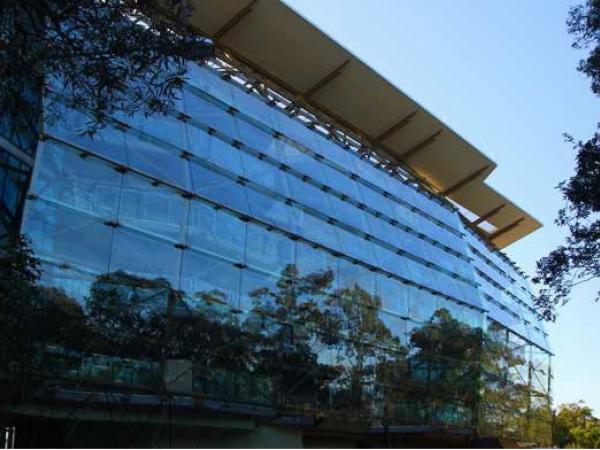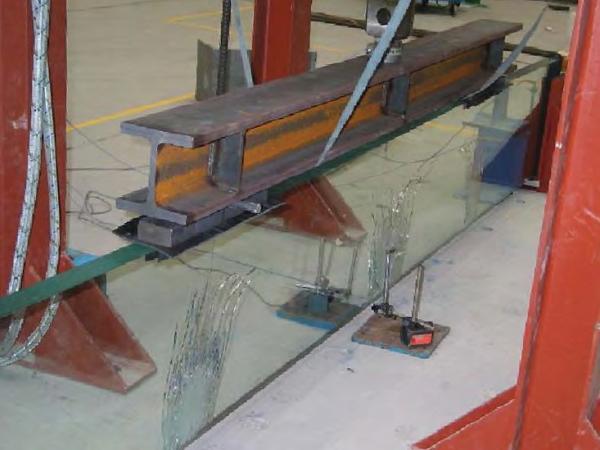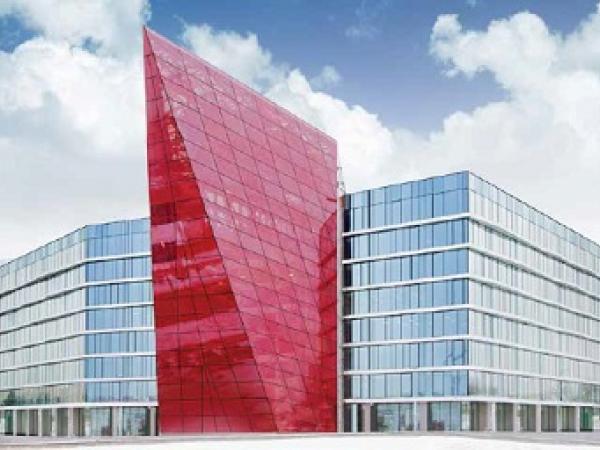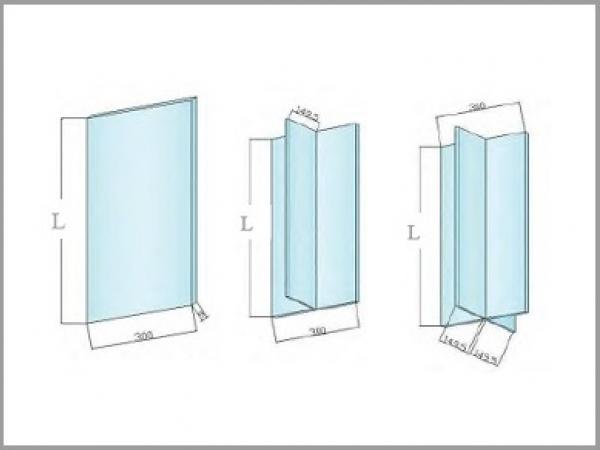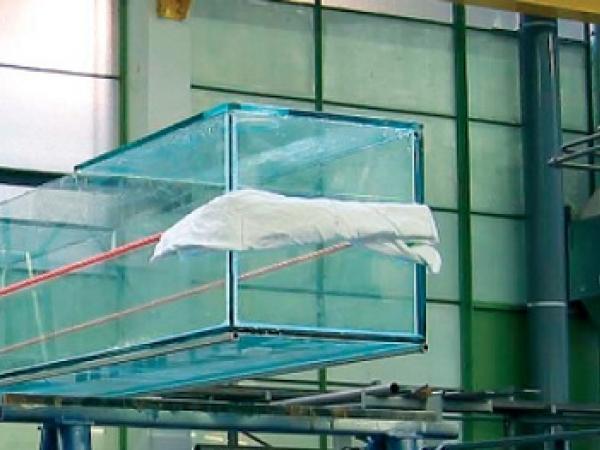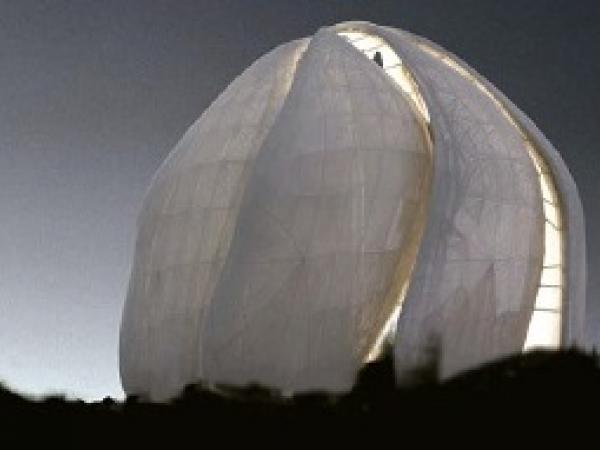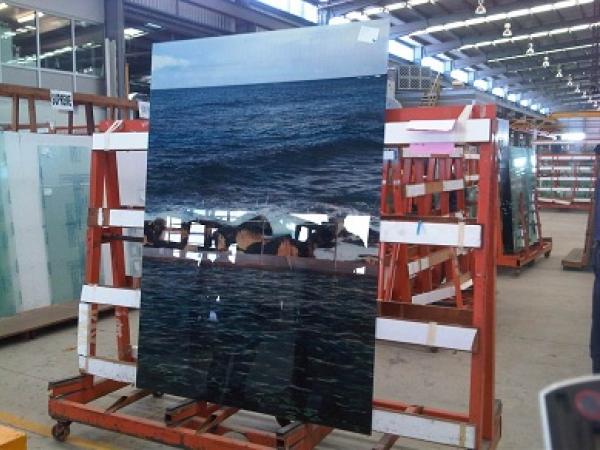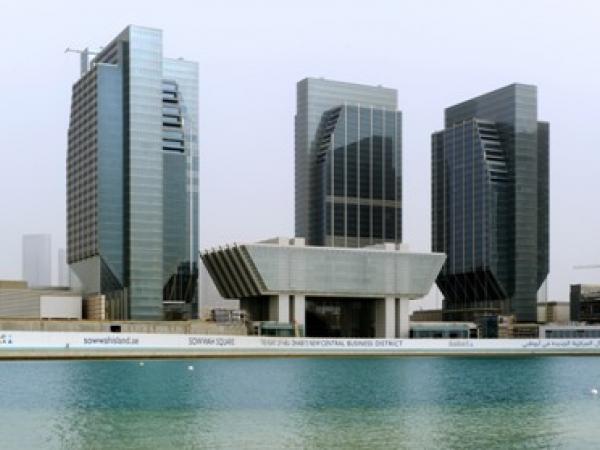Others also read
| SentryGlas® ionoplast interlayer have played a key role in the façade construction on the new Sir Samuel Griffith Centre at the Nathan Campus of Griffith University; a building that is destined to become a model for ‘off-grid’ remote communities that have no access to power.
| The visually stunning cable-stayed glass facade that surrounds the recently-opened Enzo Ferrari Museum in Modena, Italy, is another outstanding demonstration of the qualities and capabilities of SentryGlas® ionoplast interlayer.
| Over half the world’s seven billion inhabitants live in cities, by the year 2050 the number will grow to almost ten billion. In order to avoid a climatic collapse in the metropolises, there is no other alternative to energy-efficient buildings.
| Cities are eating up an increasing amount of heat and electricity. In order to reduce this consumption, buildings have to become increasingly efficient and integrate more renewable energies.
| An innovative synthesis of UV-cured digital print and industrial surface coatings transforms façades into modern art
| Although the standard glass design strategy is redundancy, we pursue a safer way to ensure the robustness of transparent glass beam structures.
| Thanks to on-going research and development efforts glass products can take on ever new functions.
| Finding ways to improve energy efficiency is one of the greatest challenges facing contemporary architecture.
| High-performance functional glazing has a significant impact on the energy efficiency of buildings and their level of usability or life quality. Experts agree that increased demands will lead to improved functionality of the glass products used in facades.
| DuPont™ SentryGlas® Expressions™ technology has played a key role in helping to create a new 1,700 square-metre, bright red glass façade for the AIDA Entertainment building in Hamburg, Germany.
| Zahner opens the public beta for CloudWall™ — the first application for Zahner’s ShopFloor™ platform. CloudWall provides an interface for users to design and fabricate curving facades in metal.
| In modern buildings, glass is increasingly used as a load-carrying material in structural components, such as glass beams. For glass beams especially the edge strength of glass is important.
| Despite the increasing research activity on structural use of glass in the past years, there is still a lack of comprehensive design codes and standards linked to real-life applications on a structural level. However, more and more ambitious buildings and structures are built every year.
| The Chinese city of Guangzhou may have many skyscrapers, but one has been designed specifically to be a bright beacon against the often gloomy backdrop provided by the city's weather.
| This paper intends to present how applications of structural glass systems have evolved in HDA’s projects since the author’s intial work at La Villette with Peter Rice and RFR.
| The new HQ for the Belarusian Potash Company (BPC) is a staggering example of glazing being deployed to maximise light and colour.
| A series of four-point bending tests were carried out on monolithic and laminated panels in order to evaluate the ultimate tensile stress of the glass considered and the effective level of connection between the glass foils.
| The article presents an overview of research and applications of glass as structural material, cooperating with other materials: steel, timber, glass or carbon fibre composites.
| Currently modern facade buildings rely on glazed curtain wall systems. These systems include either singular aluminium alloy frame glass curtain walls or frameless glass curtain walls. This is the case of the so called spider fixing systems, which are pointed supported.
| One of the main problems of glass façades is concerned with solar radiation and thermal isolation.
| Laminated glasses consist of two or more glass sheets bonded together with plastic interlayers. The lamination gives to LGs a safer behaviour than monolithic glasses, avoiding injuries to people in case of breakage.
| This abstract focuses on the idea of establishing an explicit informational level between aesthetic design idea and know-how of façade designing techniques and fabrications.
| Glass has been used for both decorative and functional purposes for much of history; the forms and techniques used have changed with our technological advances.
| DuPont™ SentryGlas® provides high resistance to temperature and humidity on facade for Sowwah Square towers in Abu Dhabi
| At Arup, working with different specialists creates many opportunities to learn from each other. Sometimes one forgets that engineers who know everything about dark matters as climatic loads in glass or intricacies of structural silicone may not have a clue about the acoustic performance of a window

